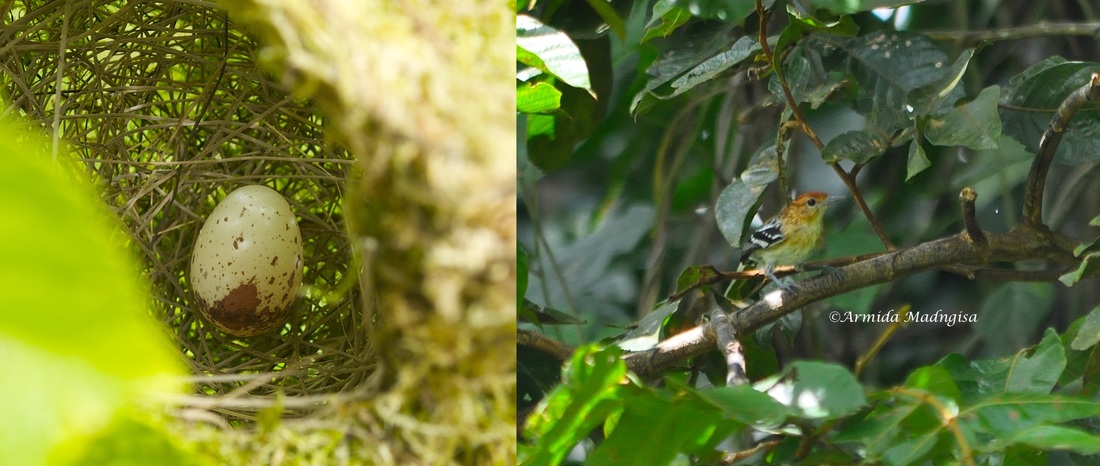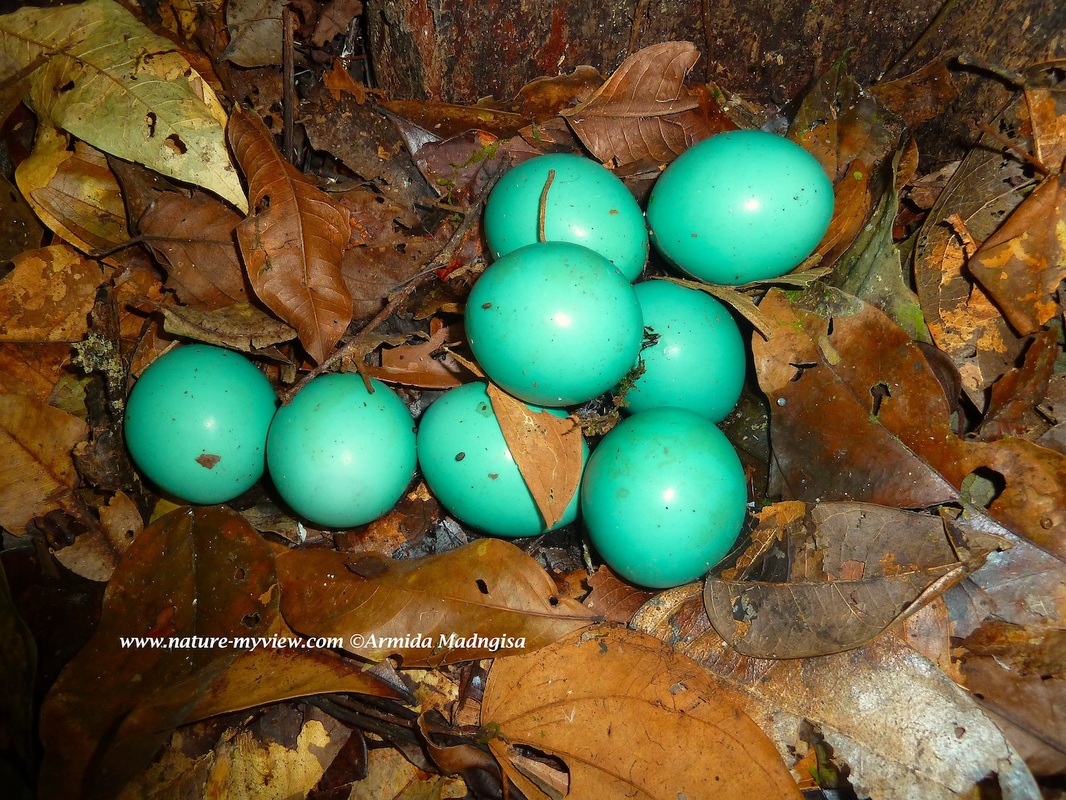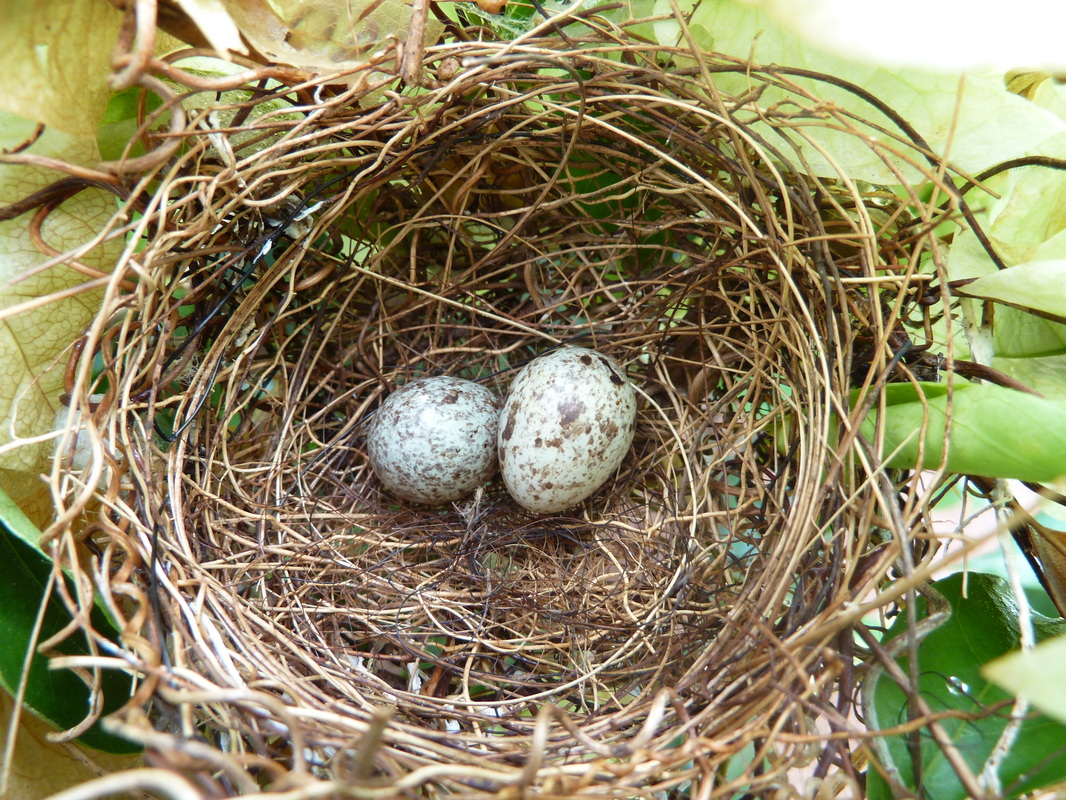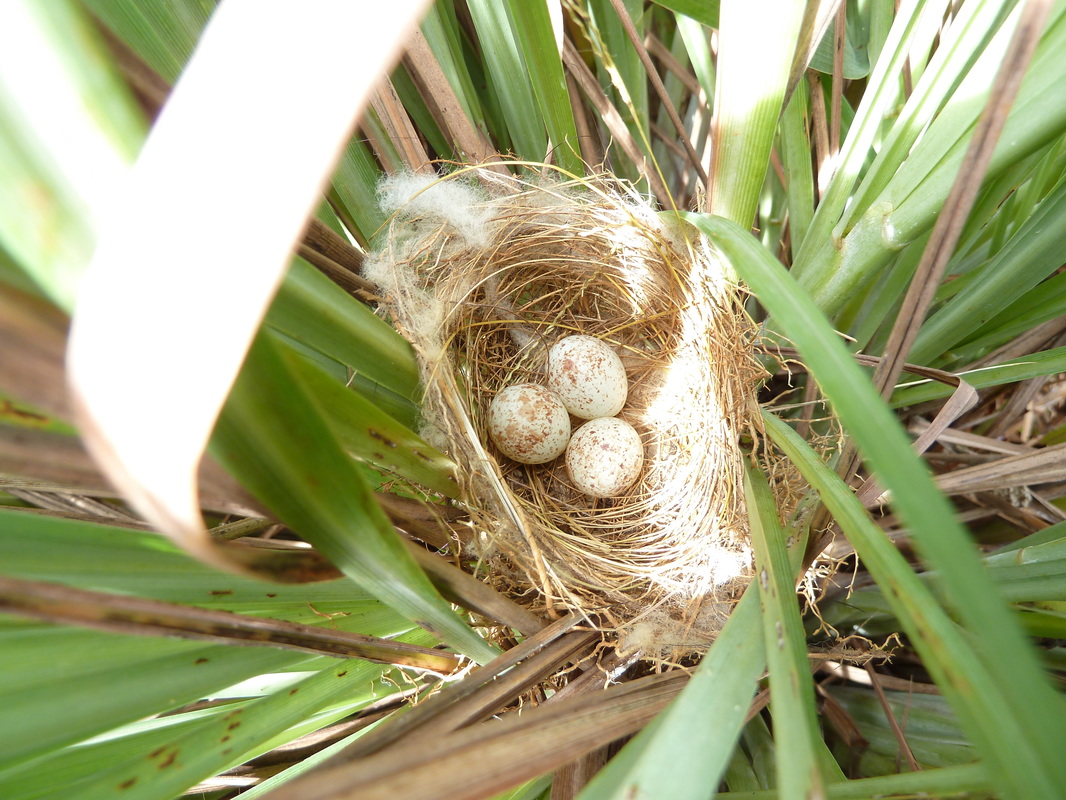|
Over the past years I have observed and photographed a lot of nestings. Here is a small 'collection' of eggs I've seen so far. Can you guess which eggs belongs to which bird? After going through the photo collection of the past years I noticed that there were a lot of documented nestings too. Great to see the different sizes and colors. Ofcourse is this just a small collection, these nests were either close to the ground or on the ground. Here is a small collection: Blue-grey Tanager: daily visitors at the feeders. As they like to stay close to food I was able to find some of their nests. They usually lay 2 eggs well hidden between branches. Both parents are involved during the whole process. Fork-tailed Woodnymph: also a daily visitor to the hummer feeders and blossoming flowers. Her nest was found nearly 60 meters of the closest feeder. As females are solely responsible for the incubation, she had to take care of everything. Even maintaining her nest. She also laid 2 white eggs, the size of a pink nail. The male Fork-tailed Woodnymph is not involved during incubation period and taking care of the chicks. Palm tanager: they also lay a pair of eggs, they are the same size as the other tanagers' eggs. Palm tanagers make their nests in any unpredictable hidden places you can imagine (empty turtle shell, in between small planks, empty boxes, side roof). Just like the Blue-grey tanager, both parents take turn in taking care of their chicks. Nightjar (second picture): they make no nests, but lay one egg on the ground on a bunch of dry leaves. Usually spotted on hiking trails the female incubates on the side of the trails. As both mother and egg are perfectly 'one with nature' she can incubate peacefully without any interruptions. Silver-beaked tanager (third picture): common visitors at the Main Lodge feeders too. Dominant ones amongst the tanagers too. Also well-hidden nest between branches; 2 bluish - with some brown spots - looking eggs are laid. For now I have only seen the female taking care of her eggs/chicks. Guianan streaked Antwren (fourth picture): Common ant wrens, seen and heard on a daily basis. Agile and small but also a pretty sight to look at. They build basket looking nests usually hanging by a thread above the water. Both parents also take turn in raising their chicks. Tropical Kingbirds: also daily visitors, but not at the feeder. Usually seen snatching insects and butterflies. Their nests usually hang on top of a branch. Sometimes they don't use a lot of nest materials and you can clearly see the holes here and there. It does look vulnerable but nevertheless the eggs are still lying firmly inside. Both parents are involved, in this case …. even very excited too! Great tinamou: these bunch of bluish/green eggs were found near a tree on the ground. Tinamou's are inside forests birds who are agile and shy ones. I was able to shoot a picture of one tinamou, not a great quality, but it gives you an idea of how the bird looks like. Wing-barred Seedeater: usually found between branches, the nest is made out of loose threads and dry grass. Well hidden between the leaves, the female is very alert. I haven't seen the male participating during the incubation but did see him near the nest. Blue-black Grassquits: also known as 'Srio's' in Suriname. When the male calls, it usually does a back flip too. I found this nest between a bush of high grass behind the staff houses. The nest stood about 15 cm above the ground. As you can see the nest is made out of fine dry grass. I have only seen the female doing the incubating, but the male also stood close. He made sure that she and her eggs were safe while he stood guard.
You may also like the following posts: Comments are closed.
|
Archives
June 2024
Categories
All
|

















 RSS Feed
RSS Feed